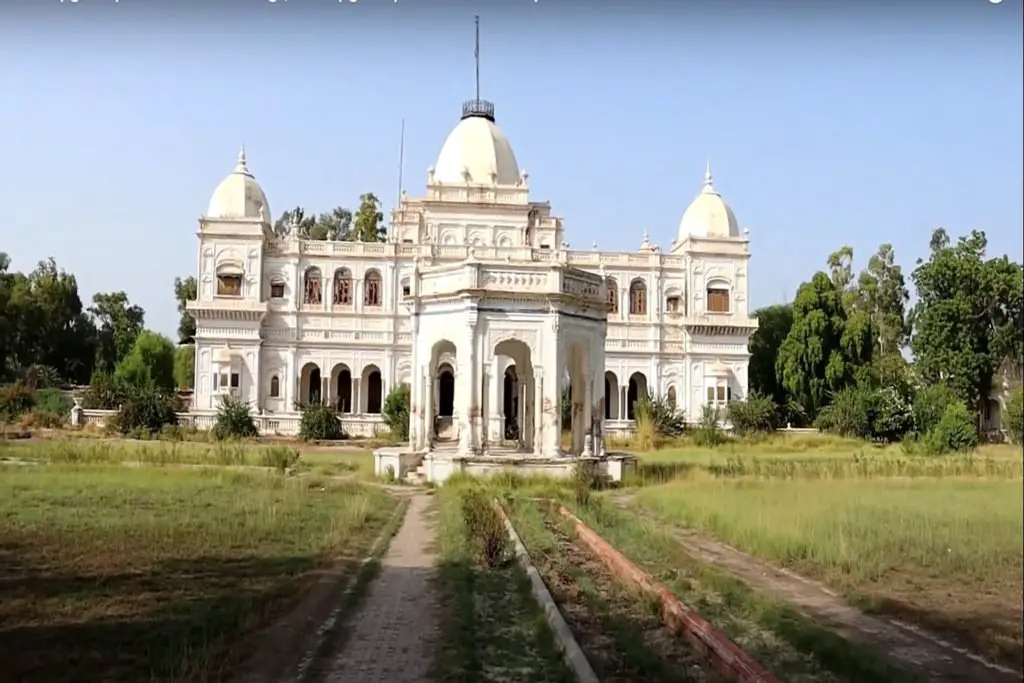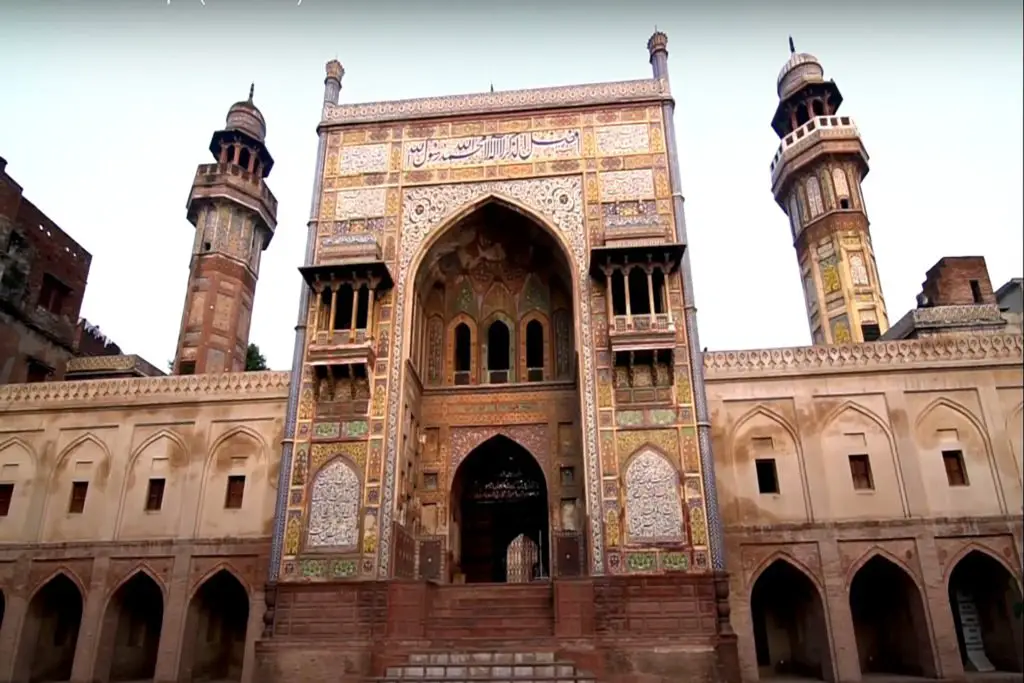Sadiq Garh Palace Bahawalpur stands out as the epitome of grace and magnificence among all other palaces. It was commissioned in 1882 by His Highness Nawab Sadiq Muhammad Khan (IV) and was built under the watchful eyes of skilled engineers at a cost of fifteen lac rupees. The construction of this splendid edifice spanned nearly a decade, and upon its completion, a grand inauguration ceremony was held in the presence of a regal assembly.
The Sadiq Garh Palace Bahawalpur is considered one of the most famous historical buildings in Pakistan & all around the world.
Sadiq Garh Palace Bahwalpur is in a much better condition as compared to other historical buildings in the City. Sadiq Garh Palace was founded in 1882 by His Highness Nawab Sadiq Muhammad Khan (IV).
Sadiq Garh Palace Bahawalpur Area
Sadiq Garh Palace, situated in Bahawalpur, Pakistan, stands as a celebrated cultural heritage site, spanning an impressive 125-acre estate.
The palace’s architectural layout is crafted with remarkable precision, creating the illusion of a garden when viewed from any angle, with the surrounding desert area also prominently in sight. Lush gardens encompass the palace on all sides, but from its northern entrance, one can behold serene water pools, while the southern entrance offers a panoramic view of the adjacent desert.
The palace also boasts a library housing a collection of rare books in English, Urdu, Persian, and Arabic, covering a wide array of topics. It’s important to note that all palaces in Bahawalpur adhere to Islamic architectural principles, characterized by the presence of bastions and domes. This architectural style choice is consistent across the region.
The prolific construction of these grand structures, including the Sadiq Manzil, Mubarak Manzil, and Rahat Manzil, is largely attributed to the reign of Sir Sadiq Muhammad Khan (IV). His highness demonstrated a keen interest in establishing new edifices, thus earning him the title of the de facto ruler of Bahawalpur.
When Sadiq Garh Palace was Built
The Nawab family of Bahawalpur built the magnificent palace in 1882 about 175 years ago at a cost of Rs 1.5 million and 1,500 laborers were involved in its construction.
Two elevators were also built in the three-story palace, and cellars were also built underneath. Routes were led to the various palaces from the basement.
The Ghilaf-e-Kaaba was being prepared in Bahawalpur for 150 years, while the ghilaf that was removed was hung over the courtyard of the Sadiq Garh Palace, under which government affairs were discussed.
Moreover, the world’s most valuable cars used by the nawab, which were in the Sadiq Garh Palace as historical masterpieces, were also auctioned or taken away by some relatives.
Sadiq Garh Mosque
The mosque built inside the palace is a beautiful model of Islamic style and still exists as a masterpiece. The fall of Bahawalpur’s historic buildings including the Sadiq Garh Palace, Noor Mahal, Gulzar Mahal, Darbar Mahal, and Qila Derawar began immediately after the late Prime Minister Zulfikar Ali Bhutto’s government confiscated all the properties of the Nawab family.
Sadiq Garh Architechture & Design
There are around 120 rooms built according to the different cultures of the world so that the dignitaries can get a home-like feel during their stay in the palace as guests. A grand hall was built for the Darbar where the Nawabs used to talk to discuss day-to-day matters.
There is a huge wall all around the palace and inside there are lush green lawns with beautiful plants with colorful flowers. This sky building is a masterpiece of beauty. In each corner of the palace located in this way, there is a bastion, which, as it were, a soldier should protect. In the middle of the building is a beautiful dome that looks more beautiful at night when it shines with lights of different colors.
There are porches all around the building. Under the bastions, there are cellars where natural light is arranged instead of electric light. Inside the Central Senate is a courtroom and sets with all accessories are placed on both sides, especially for distinguished guests. From the restroom to the salon, dressing room, washroom, and office, they are gorgeous. Floors, roofs, and walls are beautifully designed.
All materials and furniture are of the highest quality. There are large mirrors and lamps in the rooms, and the chairs, tables, and beds are in the same colors. Beautiful artistic standards and beautiful drapes add to its beauty.
The Durbar Hall is worth a visit. A royal board is placed in this huge hall and behind the board is a large mirror. It is said about this mirror that when it reached Karachi by sea, it was loaded on special trucks to take it to Bahawalpur. Because of this mirror, many platforms of various railway stations were widened.
In front of the porch of the palace is a beautiful shower that enhances its majesty. The palace also has a zoo where beautiful birds and animals from all over the world are kept. There is a museum where animals and birds are mummified by chemical methods and are kept in good care.
The map of the palace is drawn up with such expertise that the palace looks like a garden from all angles, with a desert area stretching out in front of it. There are gardens all around the palace, but a pool of water can be seen from the north door and the desert can also be seen from the other side of the door.
There is also a library in the palace which has some rare books in English, Urdu, Persian, and Arabic on various subjects. All the palaces of Bahawalpur are built with Islamic manners in mind because if any palace is built in European or other style, there are always bastions and domes.
As most of the palaces were built during the reign of Sir Sadiq Muhammad Khan (IV), it can be said that he was the King of Bahawalpur. He had a penchant for establishing new buildings, so most of the important buildings in Bahawalpur were built by His Highness. Sadiq Manzil, Mubarak Manzil, and Rahat Manzil are also bestowed by His Highness.
Most of these historic buildings were sealed by the authorities.
Thousands of tourists come to see it every day, but they return dejected. If the government pays attention to its approach and condition, it can become an important tourist spot in the future.








